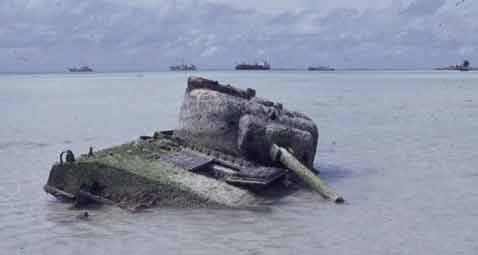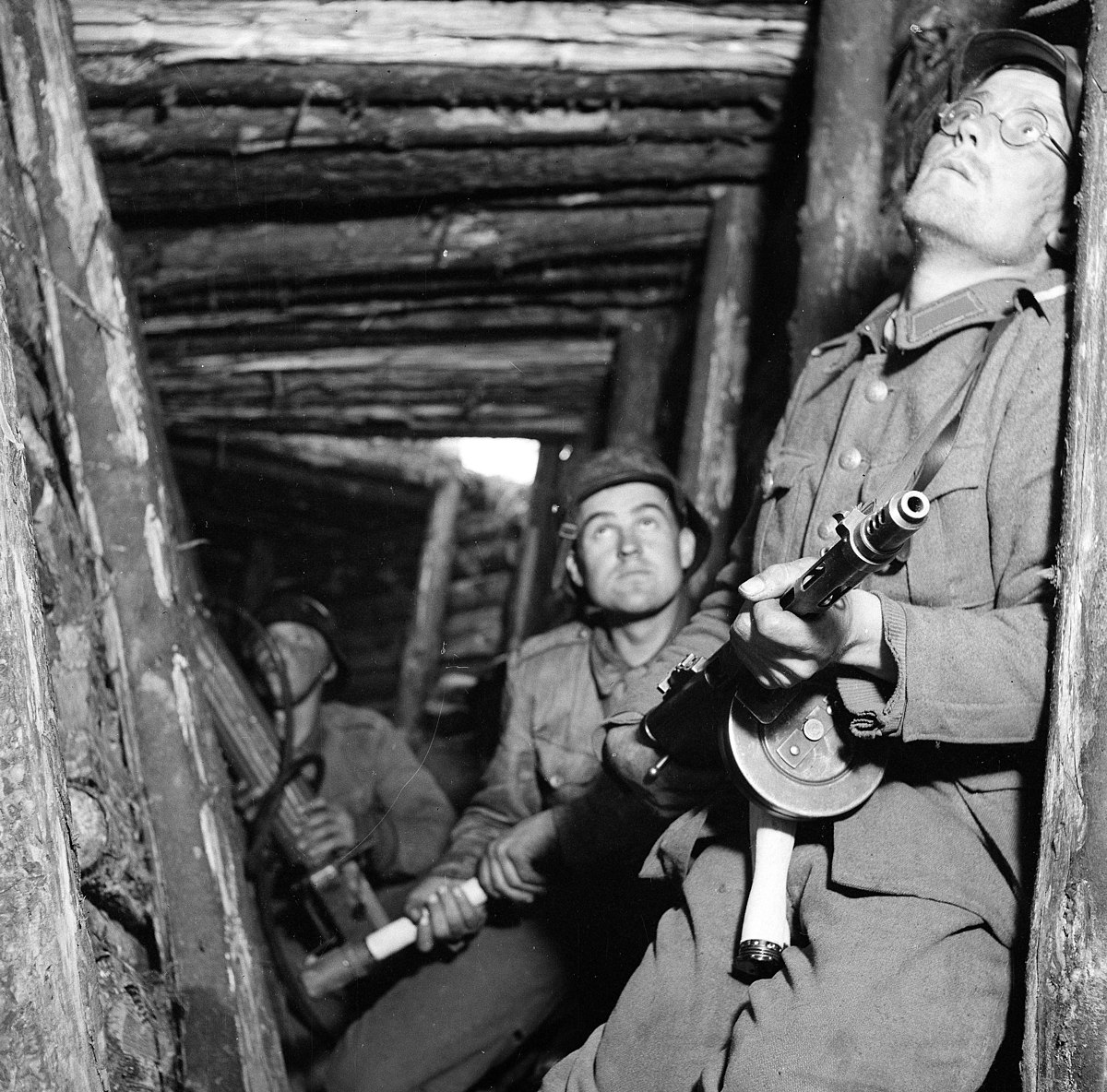Originally posted by Drake Tungsten
You'll notice that we took those places back.
Which undoubtedly explains Bataan and Corregidor and the fall of the Philippines too. Yawn.
You'll notice that we took those places back.
I'm having a hard time thinking of any places the Brits managed to take back from the Japs, on the other hand...
Too bad....
It's already been established that the Japanese army was crap.
On Nov. 26 in the Battle of Buariki, the entire
Japanese force of 156 fought to the death. The Marines lost 34 killed, and 56 were wounded.
Campaign Results
Strategically, the victory at Tarawa opened the way to the Marshall Islands. Tactically, it established the amphibious assault as the method used thereafter to defeat Japan in the Pacific campaign.
Tarawa was the first major amphibious assault in the Pacific in which U.S. troops faced sustained opposition on the beach.
The American people were deeply disturbed by reports of high casualties suffered by the 2nd Marine Division (1,027 dead, 88 missing and 2,292 wounded).
The high casualties were a result of making a direct assault against a determined, well-armed and
deeply fortified enemy. Inadequate preliminary bombardment, communications problems and inexperienced boat handlers who missed their landing destinations played a part.
Japanese force of 156 fought to the death. The Marines lost 34 killed, and 56 were wounded.
Campaign Results
Strategically, the victory at Tarawa opened the way to the Marshall Islands. Tactically, it established the amphibious assault as the method used thereafter to defeat Japan in the Pacific campaign.
Tarawa was the first major amphibious assault in the Pacific in which U.S. troops faced sustained opposition on the beach.
The American people were deeply disturbed by reports of high casualties suffered by the 2nd Marine Division (1,027 dead, 88 missing and 2,292 wounded).
The high casualties were a result of making a direct assault against a determined, well-armed and
deeply fortified enemy. Inadequate preliminary bombardment, communications problems and inexperienced boat handlers who missed their landing destinations played a part.
Even though the U.S. had already found out what tenacious fighters the Japanese were in the battle for Guadalcanal, they did not realize what great military engineers they also were. On Guadalcanal, the Japanese were unprepared for an invasion and fought with fluid defenses over large areas. On Tarawa they were prepared for an invasion with extensive reinforced concrete fortifications, large guns, and a sea wall around the little islet of Betio made from coral blocks, coconut logs and sand.








Comment